Hall Current 4 Click is a compact add-on board for precise low-current measurement. This board features the ACS70331, a high-sensitivity current sensor IC from Allegro Microsystems, and the MCP3221 12-bit ADC from Microchip. The ACS70331 uses Giant Magnetoresistance (GMR) elements to detect the magnetic field generated by the current flowing through the primary conductor, offering 200mV/A sensitivity with a measurement range from -5A to +5A. The low 1.1 mΩ primary conductor resistance ensures minimal power dissipation and temperature rise, while the board supports both 3.3V and 5V logic voltage levels. This Click board™ is ideal for applications requiring precise current sensing in industrial, automotive, and consumer electronics, especially in low-current environments.
Hall Current 4 Click board™ is supported by a mikroSDK compliant library, which includes functions that simplify software development. This Click board™ comes as a fully tested product, ready to be used on a system equipped with the mikroBUS™ socket.
 RTC 2 Click
1 × R465.00
RTC 2 Click
1 × R465.00  GSM/GNSS Click
1 × R1,700.00
GSM/GNSS Click
1 × R1,700.00  3D Motion Click
1 × R1,050.00
3D Motion Click
1 × R1,050.00  ADC Click
1 × R540.00
ADC Click
1 × R540.00 
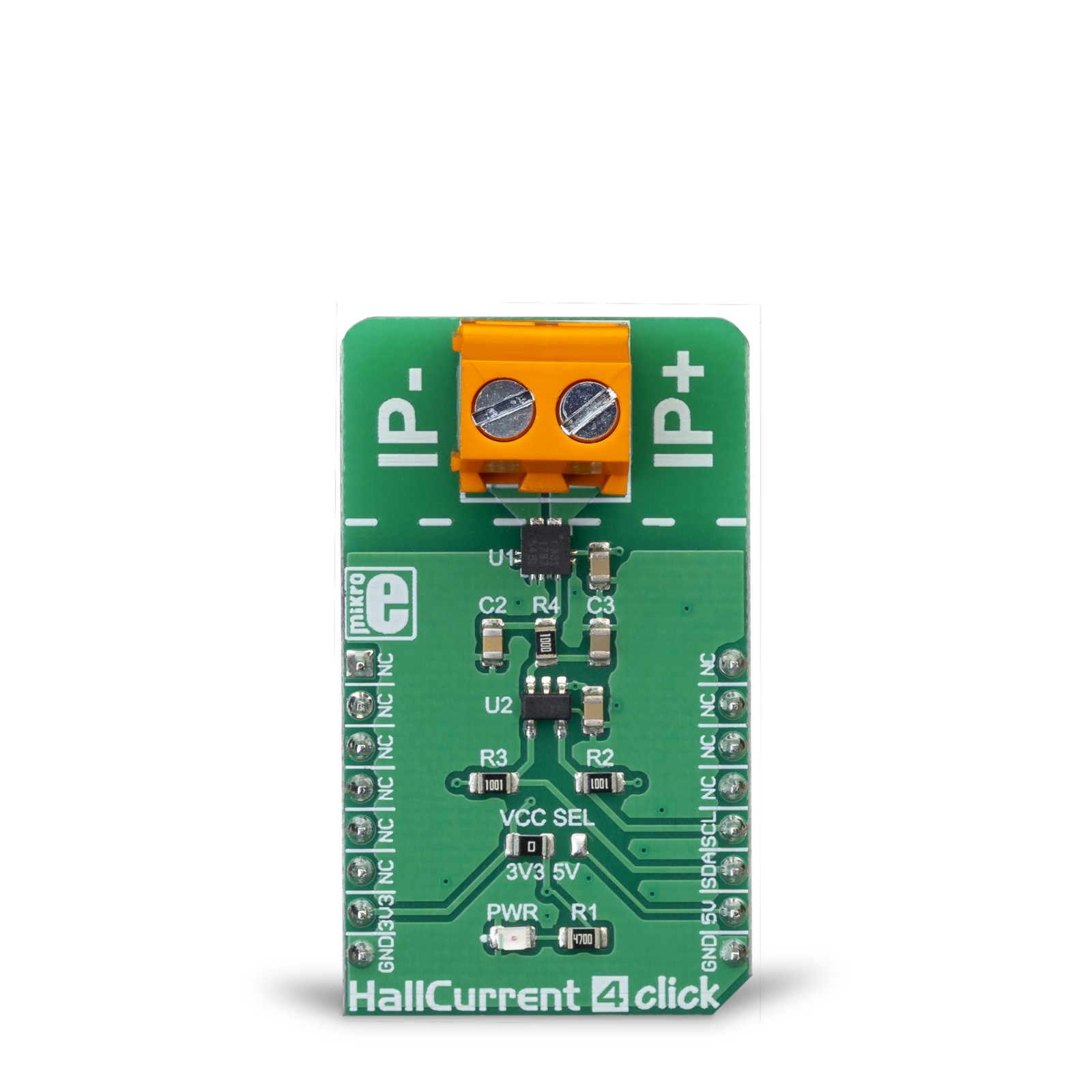
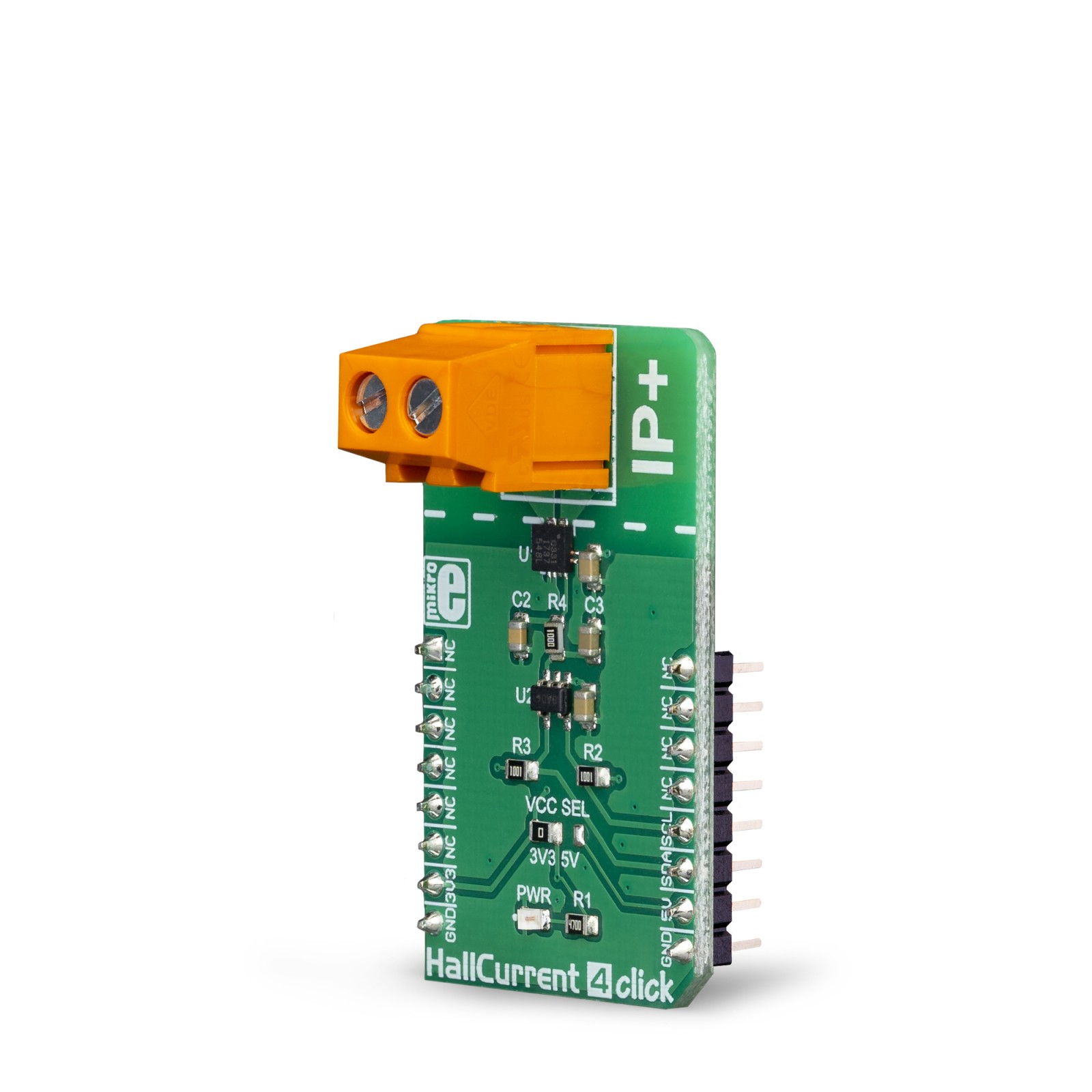
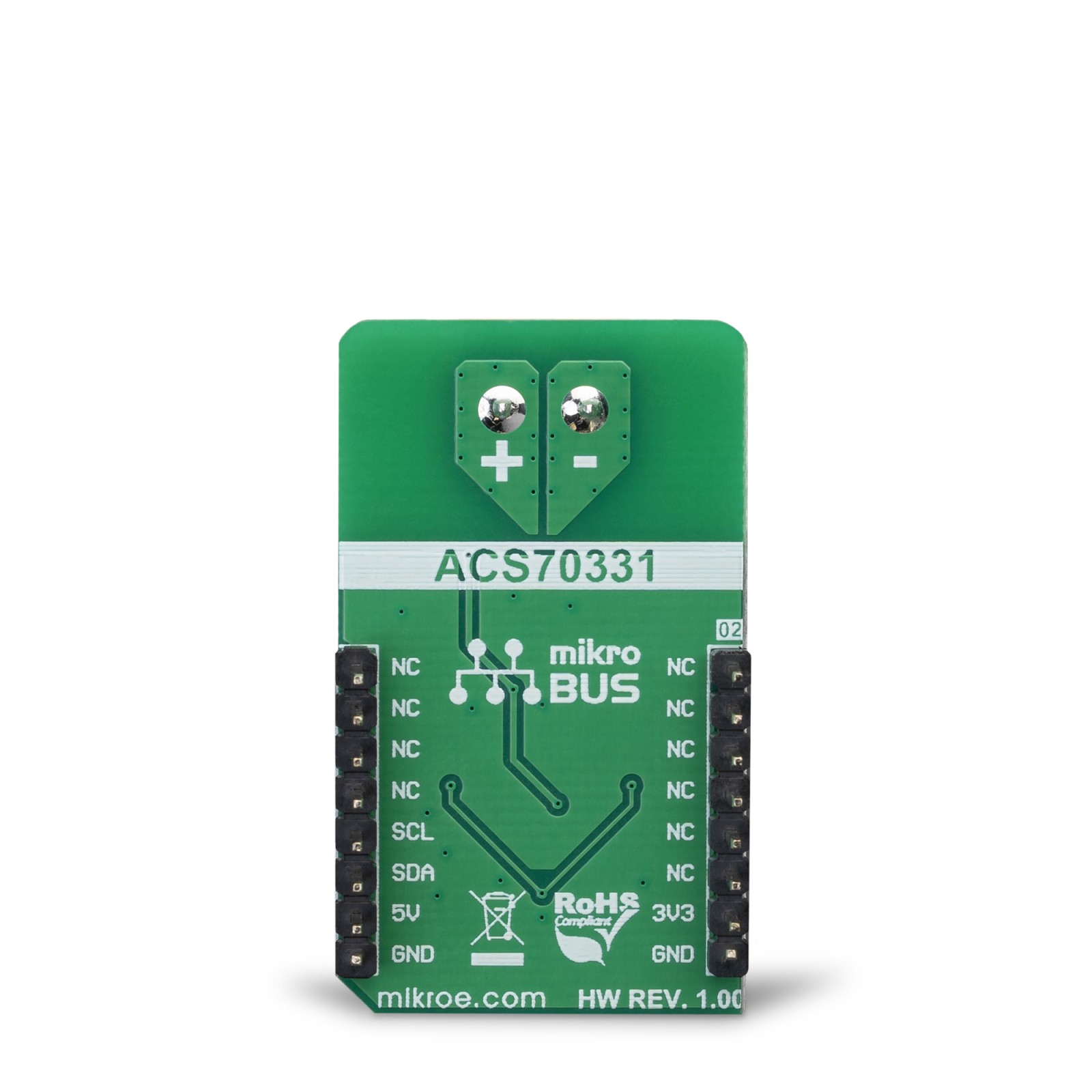
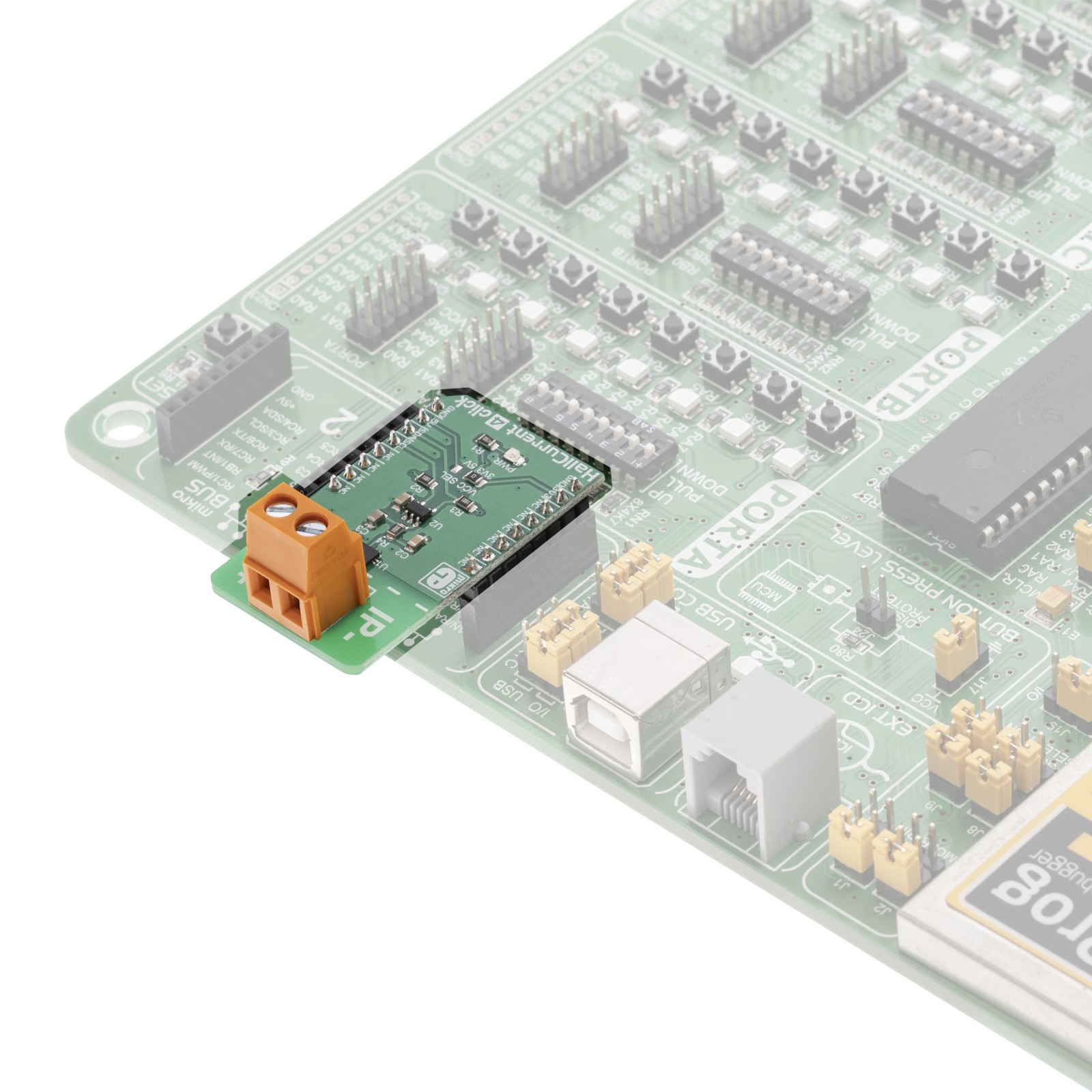
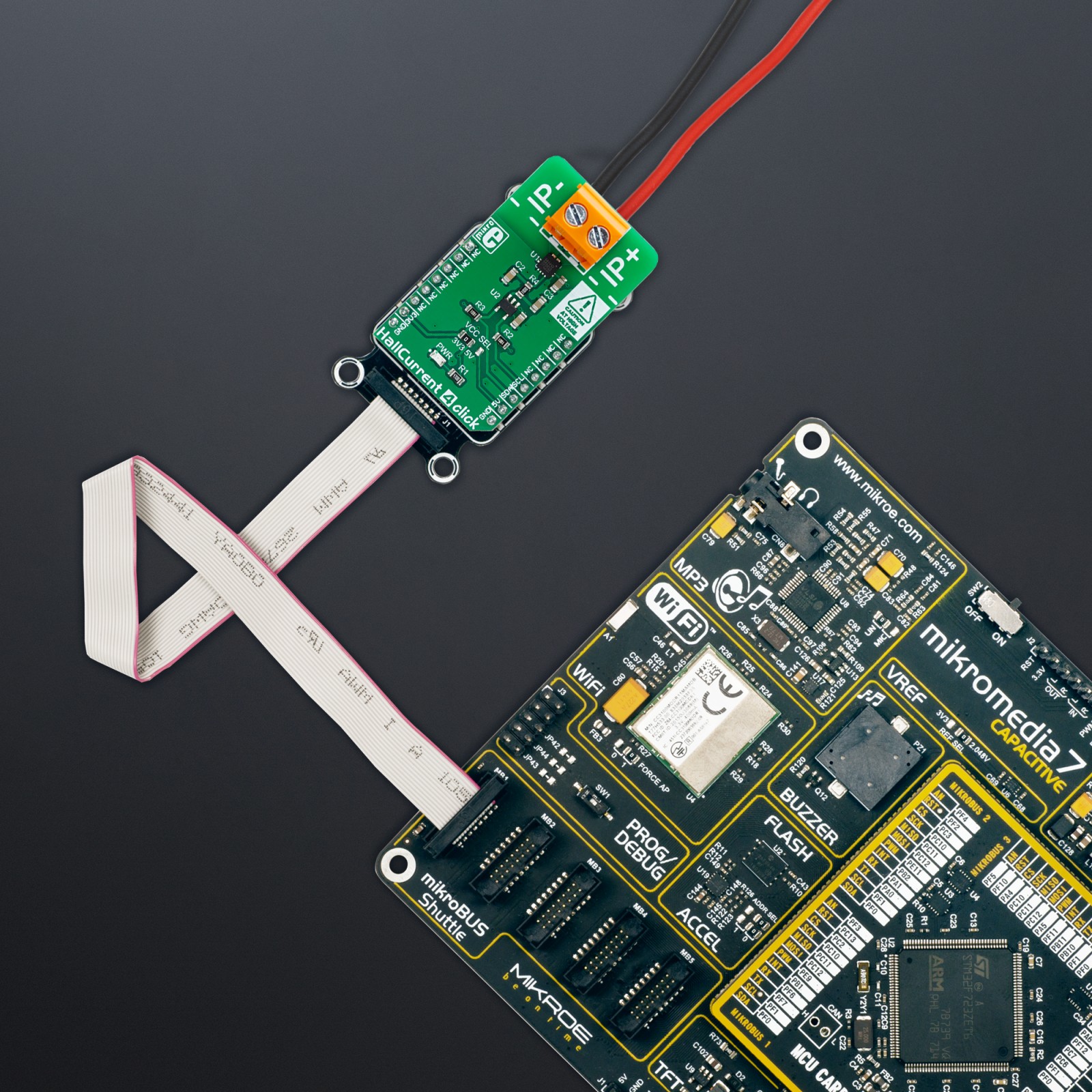
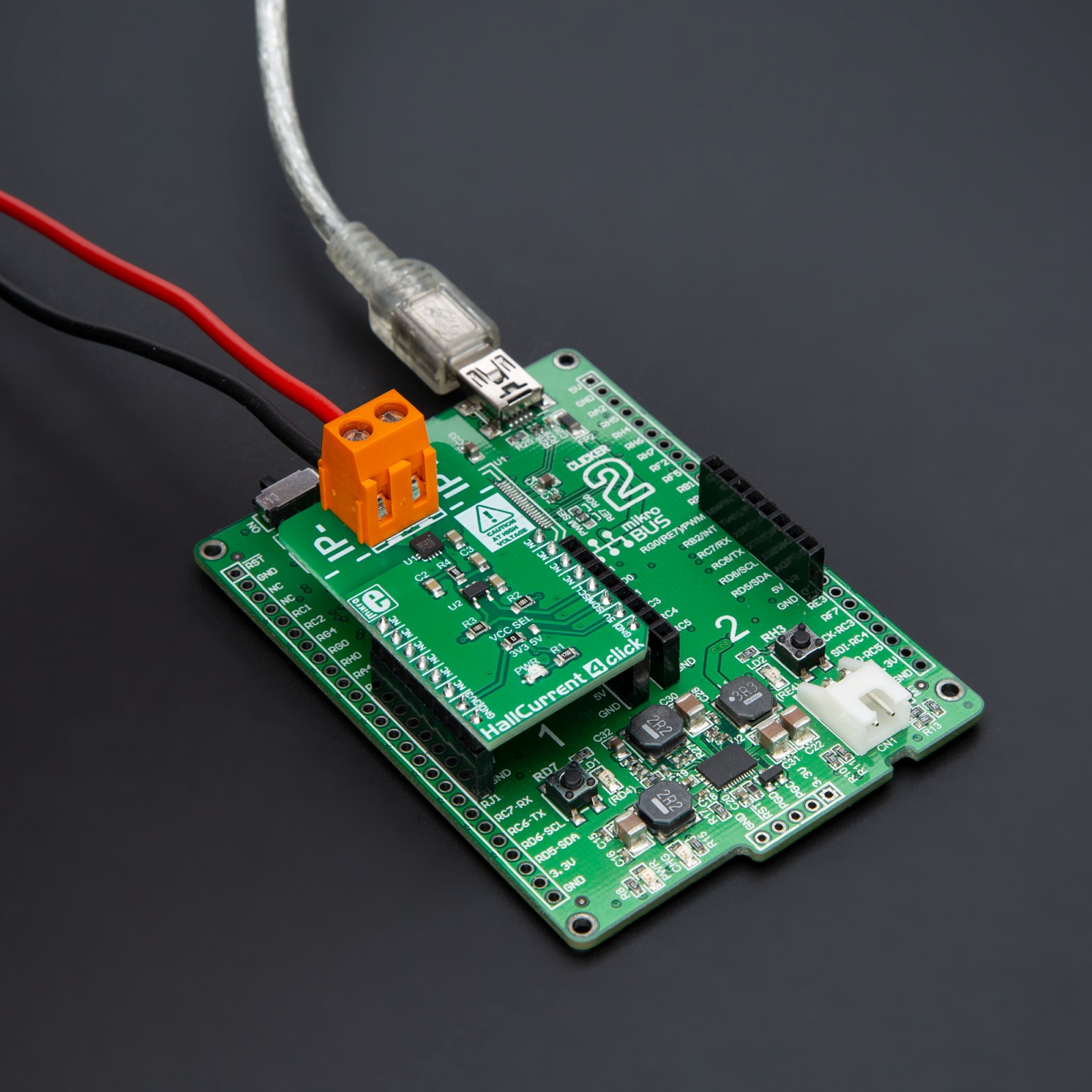
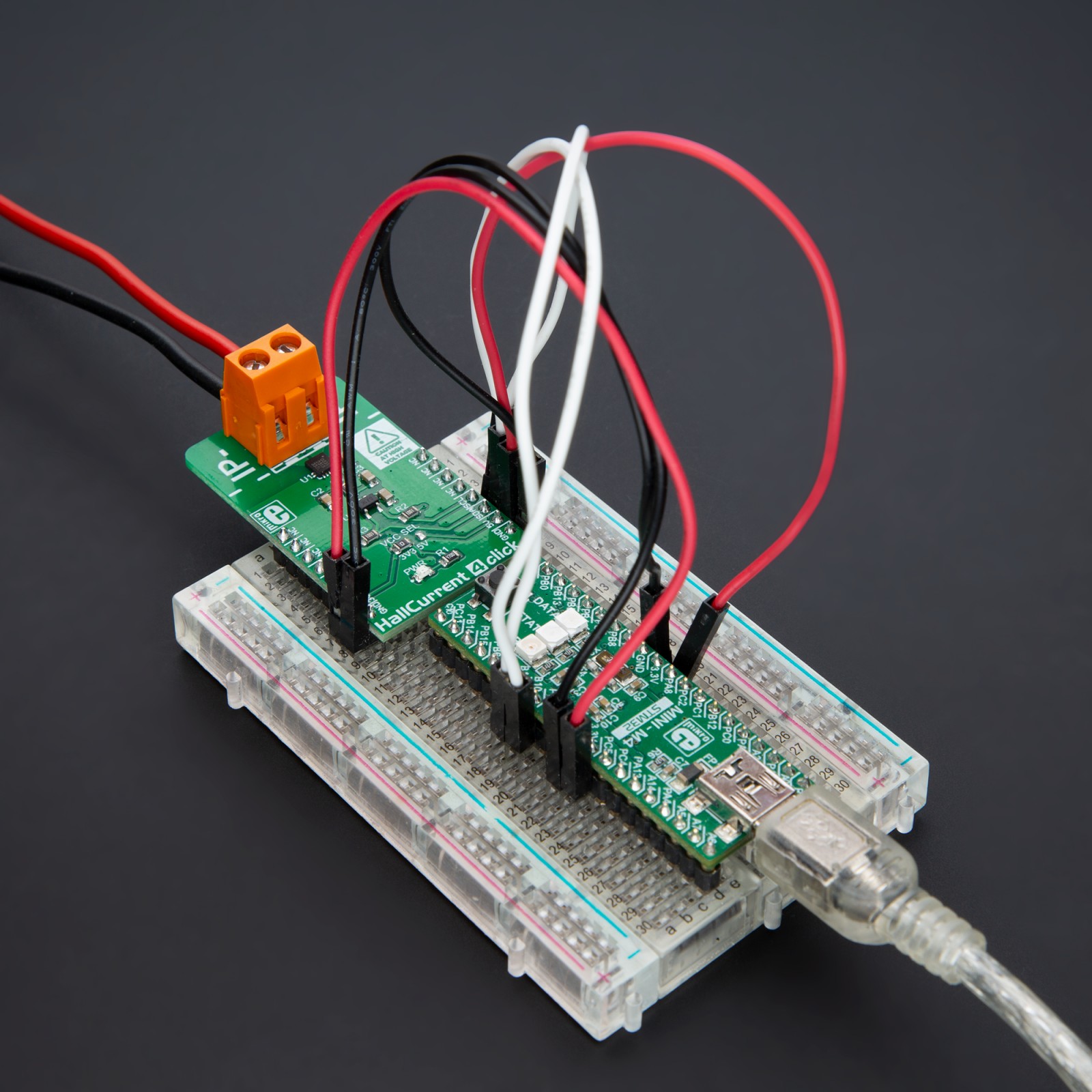
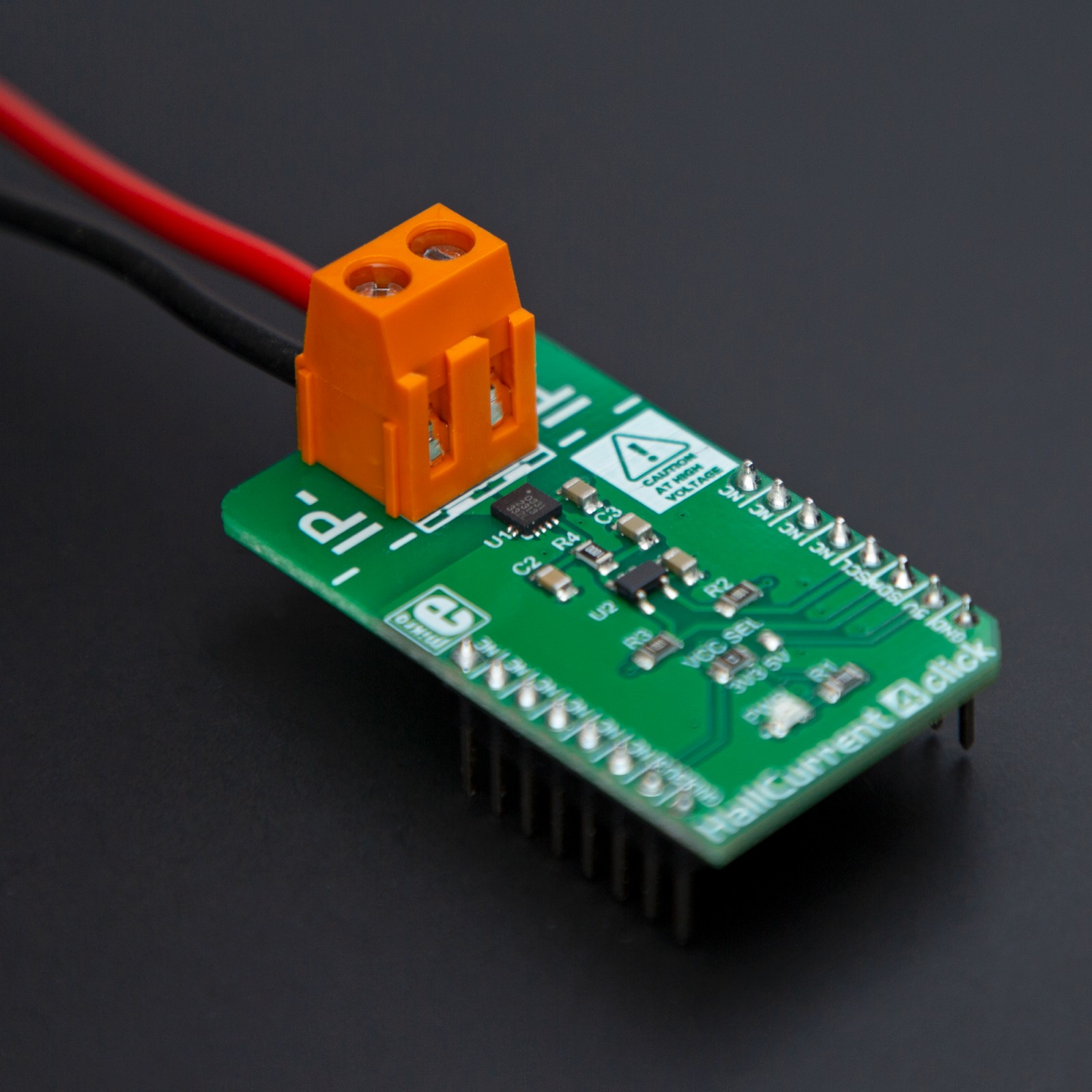
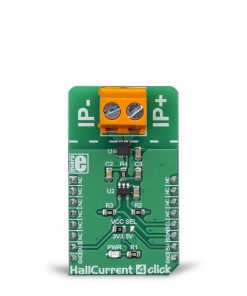
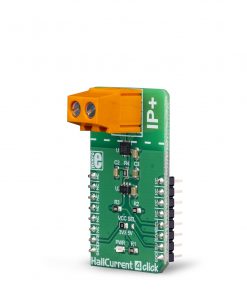
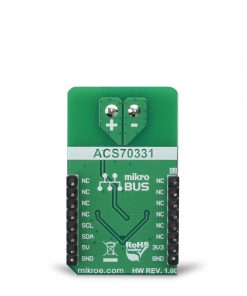
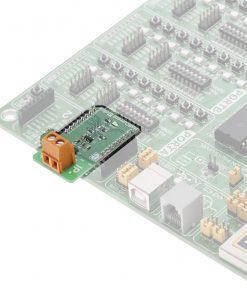
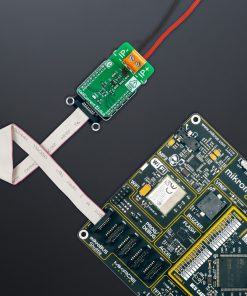
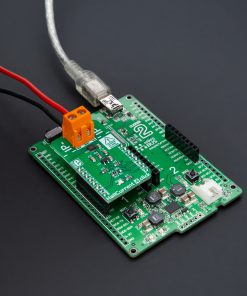
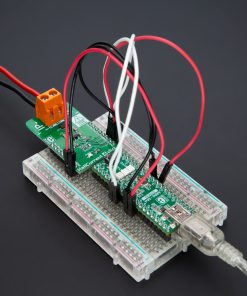

 DO NOT TOUCH THE BOARD WHILE THE LOAD IS CONNECTED!
DO NOT TOUCH THE BOARD WHILE THE LOAD IS CONNECTED!





